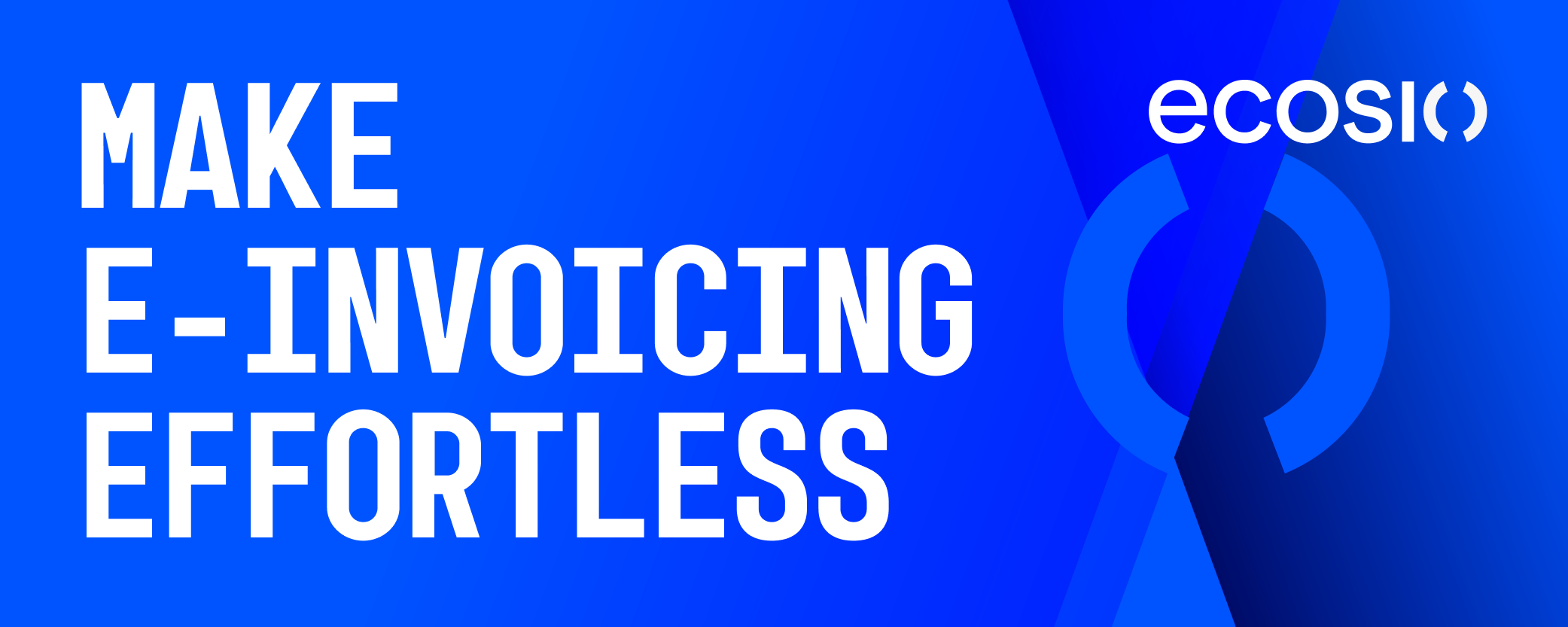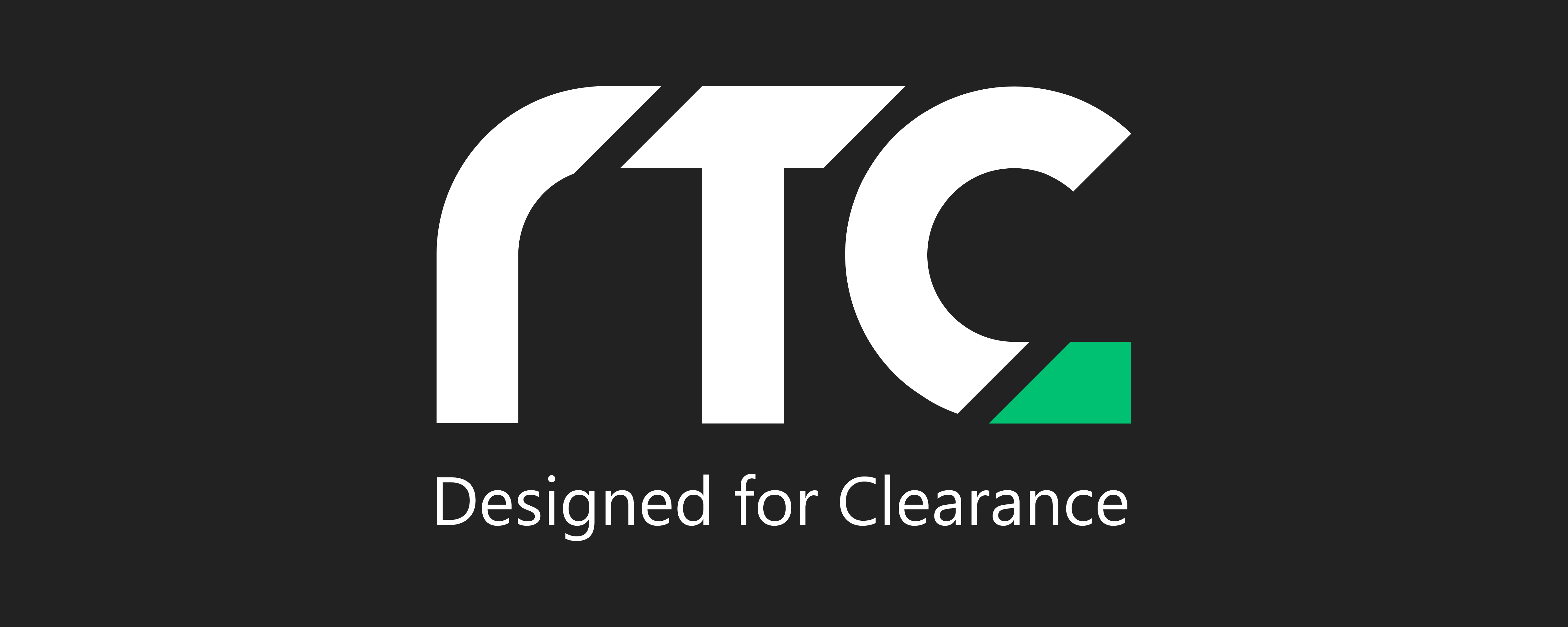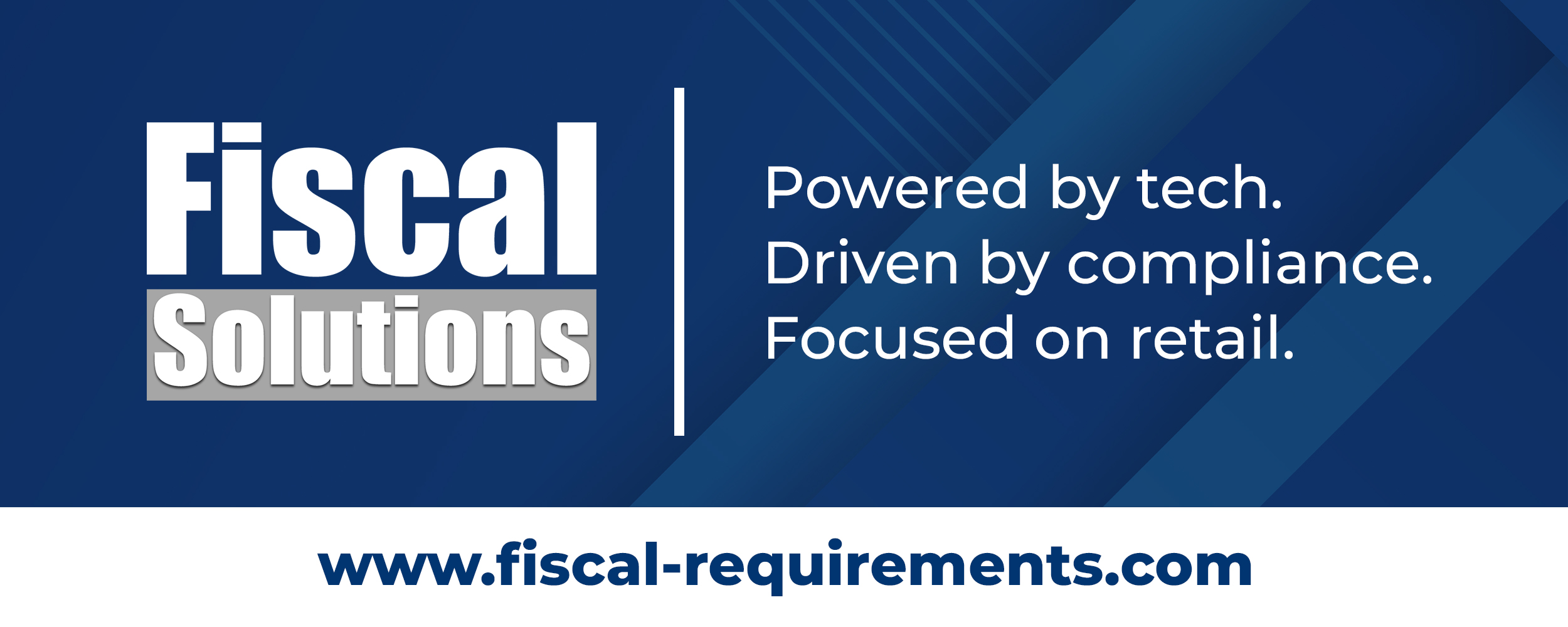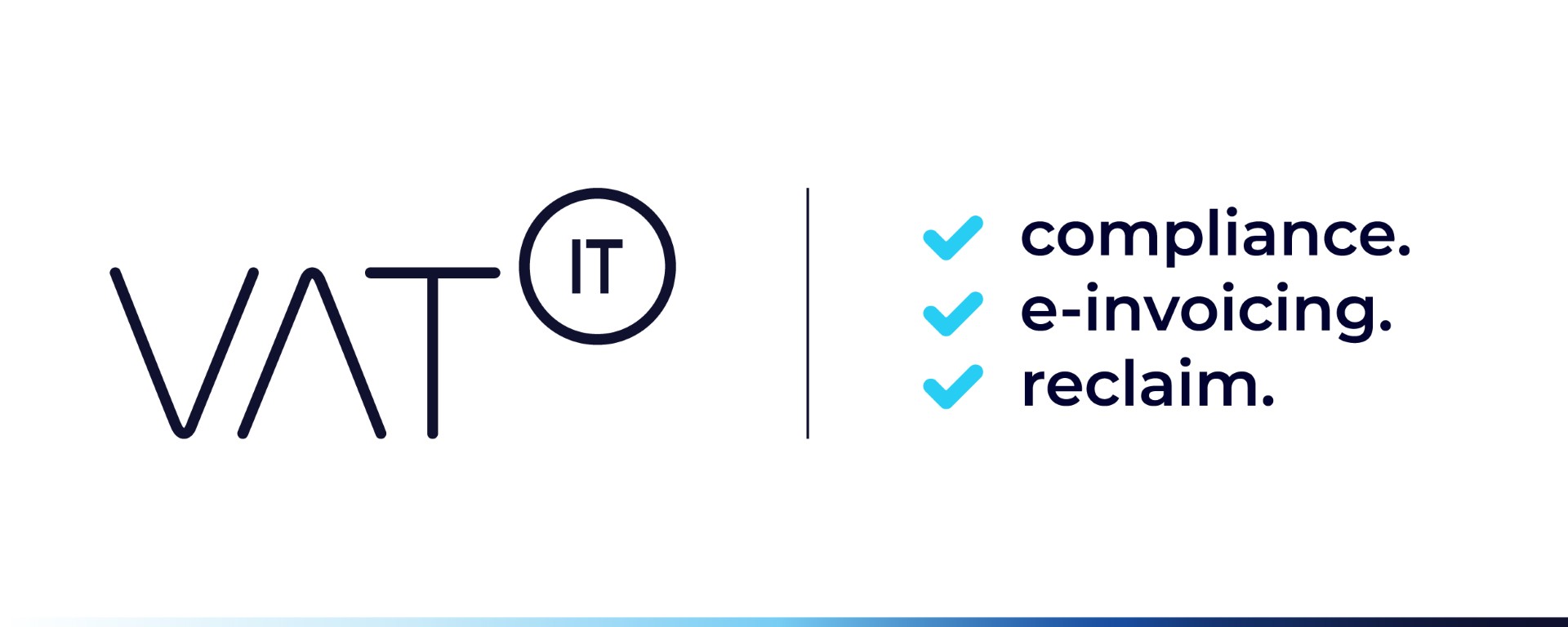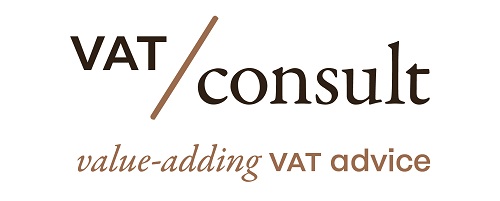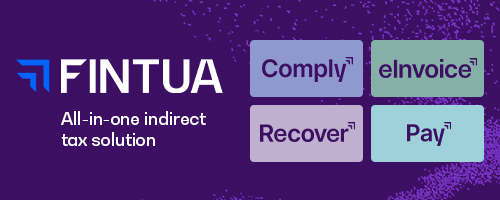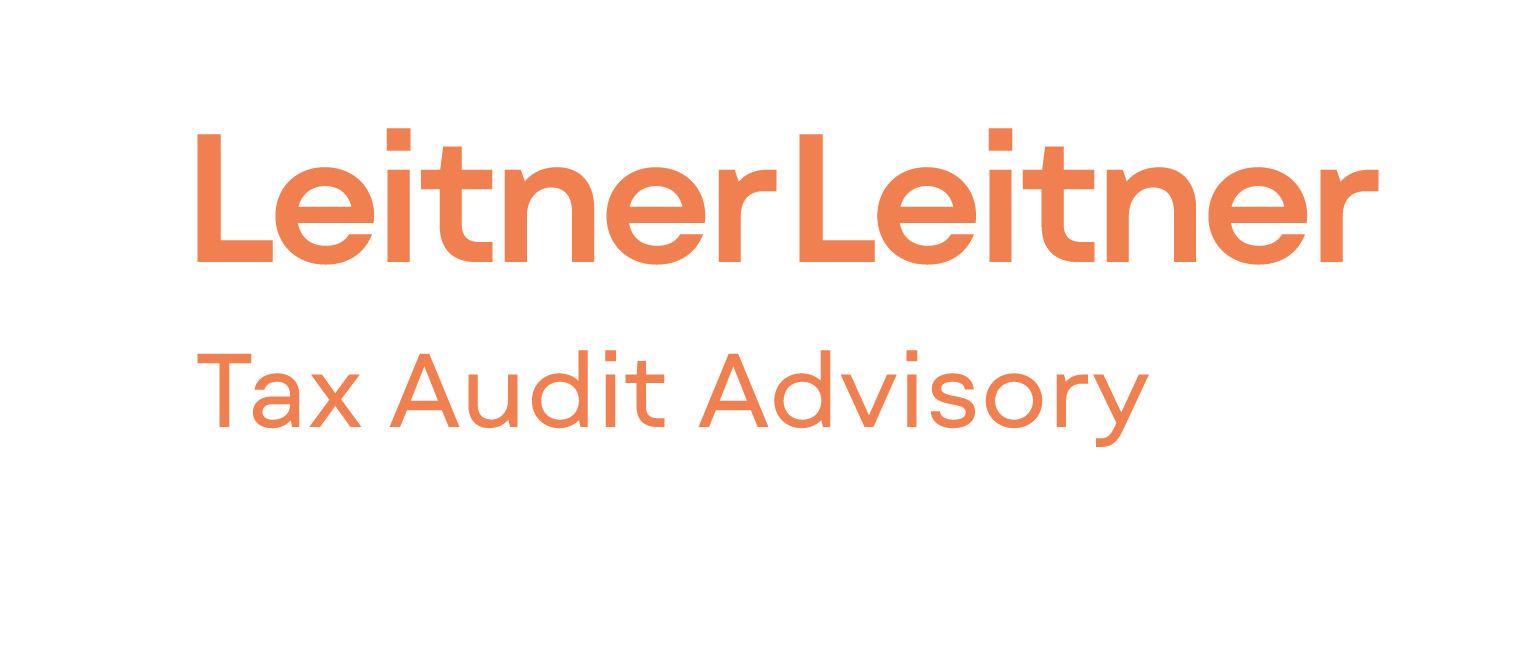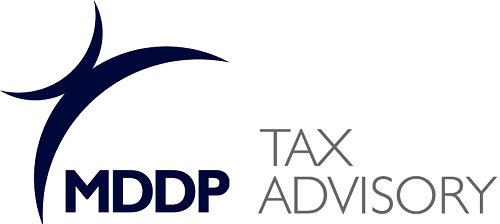SUMMARY
Executive Summary:
The Single EU VAT Registration (SVR) is a cornerstone of the EU’s “VAT in the Digital Age” (ViDA) initiative, designed to drastically simplify cross-border VAT compliance for businesses operating within the European Union. Approved by EU Member States in March 2025, the core measures of SVR are slated to take effect by July 1, 2028. SVR expands the existing One-Stop Shop (OSS) system to cover almost all cross-border B2C transactions, introduces a uniform reverse-charge mechanism for B2B sales, and establishes a special OSS-based scheme for moving a company’s own goods between Member States. While offering significant simplification, businesses must also prepare for new digital reporting requirements by 2030.
Key Themes and Ideas:
- Simplification of Cross-Border VAT Compliance: The overarching goal of SVR is to reduce the burden of multiple VAT registrations across EU member states. Businesses will ideally be able to manage their EU VAT obligations through a single registration and a unified online portal. As stated in one source, the aim is to ensure “businesses do not have to go through costly registrations for VAT in every member state in which they do business”.
- Three Core Components: SVR is built on three key pillars:
- Expansion of the One-Stop Shop (OSS): The OSS will be dramatically widened to handle almost every type of B2C transaction where the supplier isn’t established in the customer’s country. This includes domestic sales by foreign suppliers, supplies with installation, onboard transport sales, cross-border energy supplies, and all other cross-border B2C services. “In effect, a company will be able to use OSS to declare VAT for sales that today would have forced it to register abroad.”
- Mandatory Cross-Border Reverse Charge: For B2B transactions where the supplier is not established (and not already VAT-registered) in the country where VAT is due, the buyer will be responsible for accounting for the VAT. This uniform rule replaces the patchwork of national approaches and applies to “all B2B supplies of goods or services by a non-established trader to a taxpayer in another Member State.” The seller will “not register or charge local VAT – the VAT is self-accounted by the buyer.”
- Special OSS Scheme for Intra-EU “Own Goods” Transfers: Businesses can opt to report intra-EU movements of their own goods via a periodic OSS return in their home Member State, instead of registering in the destination country. The arrival of goods “will be exempt from VAT (no VAT due upon arrival).” The VAT is only due when the goods are eventually sold.
- Timeline and Implementation: The core measures are set to take effect on July 1, 2028, with some elements, such as OSS reporting for cross-border supplies of electricity, gas, heating, and cooling to consumers, starting earlier on January 1, 2027. Member States are currently updating their national VAT laws and IT systems to align with the EU directive.
- Impact on Businesses: SVR is expected to streamline operations, cut costs, and reduce the administrative burden, particularly for SMEs. Industry stakeholders jointly called the agreement on SVR a “great step forward” and a “pivotal reform” that will “significantly reduce the need for costly, time-consuming and often prohibitive multiple VAT registrations.” Businesses are advised to assess how SVR can streamline their operations and upgrade their compliance systems.
- Abolishment of Call-Off Stock Arrangement: The existing EU “call-off stock” arrangement will be abolished from July 1, 2028. No new call-off stock setups can be started after that date, and any ongoing arrangements must conclude by June 30, 2029.
- Digital Reporting Requirements: Even with the simplification of VAT registration, businesses must prepare for new digital reporting and e-invoicing mandates expected by 2030. These changes will require businesses to implement robust data management systems to handle the increased reporting requirements, creating additional compliance work even as other VAT obligations are reduced. As Grant Thornton’s tax advisors noted these changes should reduce VAT compliance costs… however they caution that by 2030 companies will also face new digital reporting and e-invoicing mandates.
- Optional Nature and Caveats: While OSS usage is optional, it’s expected that most businesses will utilize it. However, SVR won’t entirely eliminate the need for foreign VAT IDs in every scenario, and businesses may need to retain some registrations for practical reasons like faster VAT refunds.
- Perspectives: EU officials see SVR as a way to reduce red tape for companies, enabling tax authorities to focus on high-risk areas. Tax experts broadly view SVR positively as one of the most significant VAT simplification steps in decades. Industry stakeholders see it as removing a long-standing friction in European trade.
INDEPTH ANALYSIS
Single EU VAT Registration (SVR) – In-Depth Analysis
Legislative Progress and Current Status
Key Components of the SVR Reforms
- The OSS is an online portal that allows businesses to file a single return for VAT due in multiple EU countries, avoiding separate local filings. Currently, the OSS covers cross-border B2C sales of goods (distance sales) and certain services. Under SVR, the OSS’s scope will be dramatically widened to handle almost every type of B2C transaction where the supplier isn’t established in the customer’s country. In effect, a company will be able to use OSS to declare VAT for sales that today would have forced it to register abroad. Key extensions include: [bdo.global], [bdo.global]
- Domestic sales of goods by a foreign supplier: If a business without a local establishment sells goods within a Member State to consumers there (e.g. from a warehouse or store in that country), it typically needs a local VAT number. SVR changes this: such domestic sales can be reported via OSS in the supplier’s home country. For example, a Belgian company storing products in France and selling to French consumers will, from 2028, account for French VAT through the OSS in Belgium, instead of maintaining a French VAT registration. [bdo.global]
- Supplies with installation, and onboard transport sales: OSS will cover goods delivered with installation or assembly in another country, and sales made on board trains, ships, or aircraft within the EU. These are niche scenarios that previously required a VAT registration in the country where installation took place or where the journey began. Under the new rules, such supplies (if B2C) can be included in the OSS return. [bdo.global]
- Cross-border energy supplies to consumers: Starting earlier, on 1 January 2027, supplies of electricity, gas, heating, and cooling to B2C customers in another Member State become eligible for OSS reporting. This change allows utility providers (and, for example, operators of EV charging networks) to simplify VAT accounting when serving customers in multiple countries. It’s the first OSS extension to kick in, reflecting a priority to support the energy sector. [bdo.global], [taxation-c….europa.eu]
- All other cross-border B2C services: By 1 July 2028, the Union OSS will cover all B2C services where the customer’s country differs from the supplier’s. Many services were already covered since the 2015 “mini-OSS” for digital services, but SVR makes coverage comprehensive. In practice, a company providing any type of service to consumers EU-wide can do a single OSS filing for all those VAT liabilities, instead of possibly needing VAT registrations in each customer’s country. [grantthornton.nl]
- “Union OSS” for domestic B2C transactions by non-established suppliers: A notable change is that OSS will extend to transactions that are entirely domestic but involve a foreign seller. For example, if a German business (with no establishment in Italy) directly sells and delivers goods within Italy to Italian private customers, that German company can opt to report the Italian VAT via OSS instead of registering in Italy. Previously, OSS did not cover such purely local sales; it was limited to cross-border distance sales. This is a big step toward true single registration: a foreign business can operate in a country (selling locally to consumers) without a local VAT number. [grantthornton.nl]
- For business-to-business transactions, the SVR reforms aim to remove the need for a supplier to register for VAT in the customer’s country by standardizing the VAT reverse-charge mechanism across the EU. Currently, EU VAT law allows (but doesn’t require) Member States to apply a domestic reverse charge for B2B supplies by foreign companies (Article 194 of the VAT Directive). Some countries implement it broadly; others only in specific cases. SVR makes it uniform and obligatory: as of 1 July 2028, if a supplier is not established (and not already VAT-registered) in the country where VAT is due, and they sell to a VAT-registered business customer, then the buyer must account for the VAT under reverse charge. The foreign supplier will not register or charge local VAT – the VAT is self-accounted by the buyer. This rule will apply EU-wide, replacing the patchwork of national approaches with one consistent system. [bdo.global], [bdo.global]
- Scope: All B2B supplies of goods or services by a non-established trader to a taxpayer in another Member State will fall under the mandatory reverse charge (with a few exceptions, such as supplies of second-hand goods under the margin scheme, which remain outside this mechanism). In practice, this means if, say, a Polish company delivers equipment to a VAT-registered client in Spain, the Spanish client will self-charge Spanish VAT, and the Polish supplier has no Spanish VAT obligations. Many cross-border services already worked this way under existing general rules; SVR extends the principle to all goods and services when the seller isn’t locally registered. If the customer is not VAT-registered (e.g. a small business or individual), then the foreign supplier may still need to register or use OSS if applicable – but for the vast majority of B2B sales, the supplier’s compliance burden in the customer’s country disappears. [bdo.global], [bdo.global]
- Administrative follow-up: To keep audit trails, suppliers will be required to report these reverse-charged sales in their EC Sales List (recapitulative statement) for an interim period. Once the new EU-wide digital reporting system (near-real-time e-invoicing for VAT) goes live – planned for 1 July 2030 – those B2B sales will instead be reported through that system by both supplier and buyer, and the old EC Sales List will be phased out. This ensures that VAT authorities still receive the transaction data needed to prevent fraud, even as the requirement for foreign VAT registrations is removed. [bdo.global] [bdo.global], [grantthornton.nl]
- Impact: For companies, this measure eliminates one of the classic triggers for needing a foreign VAT registration – making B2B sales into a country where you have no establishment. After SVR, as long as your customer is a VAT-registered business, you won’t need to register in their country (you’ll simply zero-rate the invoice and note “reverse charge” on it). This change is highly valued by businesses and tax experts because it directly cuts the cost and complexity of expanding into new EU markets. It levels the playing field by ensuring every Member State handles foreign B2B suppliers the same way. As a result, a company can focus on one home-country VAT registration and still sell B2B anywhere in the EU with minimal extra formalities. (If the customer is not a taxpayer, then it becomes a B2C scenario – which would be covered by OSS instead.) Tax advisors note that while this simplification is beneficial, companies must still apply it correctly – e.g. verifying the buyer’s VAT number and documenting these sales – to avoid errors. In the long run, as real-time reporting arrives in 2030, compliance will shift toward data reporting rather than multiple VAT filings, changing the nature of obligations rather than simply eliminating them. [bdo.global], [grantthornton.nl] [grantthornton.nl]
- Another common reason for multiple VAT registrations is when a company moves its own stock from one EU country to another – for example, transferring goods from a central warehouse in Germany to a fulfillment center in Spain to later sell to Spanish customers. Today, such a movement is treated as a taxable cross-border transaction (the company makes a “deemed supply” in the country of departure and a “deemed acquisition” in the country of arrival), which usually forces the company to register in the arrival country to report the acquisition and subsequent local sale. SVR addresses this by creating a new special scheme under OSS for reporting transfers of own goods. [bdo.global], [grantthornton.nl]
-
-
- Under the new scheme, a business can opt to report intra-EU movements of its goods via a periodic OSS return in its home Member State, instead of registering in the destination country. The dispatching country (where goods depart) will treat the transfer like an OSS-recorded export, and the arrival in the other country will be exempt from VAT (no VAT due upon arrival). VAT will only be due when the goods are eventually sold to a customer, which—if it’s a B2C sale—can itself be handled via OSS. Essentially, moving products across borders for stock purposes becomes VAT-neutral at the time of transfer, all handled within the OSS system. [bdo.global] [bdo.global], [bdo.global]
- No local filing, no EC Sales List: Using this scheme, the company does not need a VAT number in the destination country just to hold inventory there. It also does not need to list these transfers in EC Sales Lists. This is a big simplification for supply chain management – businesses can redistribute products around EU warehouses and only deal with VAT in their home country’s OSS reports. [bdo.global]
- Limitations and conditions: The scheme is optional and comes with a condition: it cannot be used if the business has no full VAT deduction right for those goods in the destination country. (This prevents abuse, for instance using the scheme for goods that would be partly VAT-exempt on arrival.) In practice, it’s meant for standard taxable goods that will be sold with VAT; if goods are later diverted to exempt uses or given away, the company will need to adjust and account for VAT due. [bdo.global]
- Phase-out of call-off stock simplification: The existing EU “call-off stock” arrangement (a simplification where goods sent to one known buyer could avoid triggering a registration) will become obsolete. SVR abolishes the call-off stock scheme from 1 July 2028 onward. No new call-off stock setups can start after that date, and any ongoing arrangements must conclude (i.e. the goods be sold to the intended customer) by 30 June 2029. Going forward, the OSS transfer scheme covers a much broader range of scenarios (any movement of own goods, not just one-to-one arrangements) without the strict conditions, making it a superior solution for logistics planning. [bdo.global]
-
Perspectives from EU Officials, Experts, and Industry
Conclusion
Latest Posts in "European Union"
- General Court T-643/24 (Credidam) – AG Opinion – Unauthorized use of copyrighted works incurs VAT on fees
- General Court T-646/24 (MS KLJUCAROVCI) – Judgment – Triangular transactions can qualify for VAT simplifications despite delivery variations
- Comments on GC T-657/24: VAT exemption for credit intermediation applies when the intermediary searches for and recruits customers
- Briefing documents & Podcasts: VAT concepts explained through ECJ/CJEU cases on Spotify
- ECJ on the relevant sale for determining the transaction value of goods



